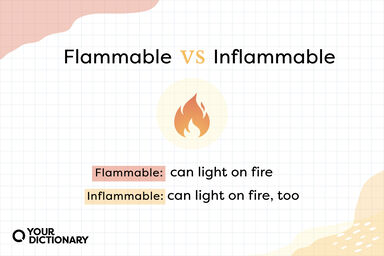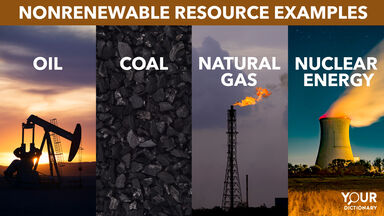The relation between the heat of combustion of a hydrocarbon and its heat of formation may be readily seen from the following example.
The oxygen contained in the compound was deducted, together with the equivalent amount of hydrogen, and the heat of combustion of the compound was then taken to be equal to the heats of combustion of the elements in the residue.
The observed heat of combustion of sugar is, however, 1354000, so that the error of the rule is here 20 per cent.
A much better approximation to the heat of combustion of such substances is obtained by deducting the oxygen together with the amount of carbon necessary to form C02, and then ascertaining the amount of heat produced by the residual carbon and hydrogen.
Stohmann of Leipzig; and the new data and the conclusions to be drawn from them formed the subject of much discussion, Briihl endeavouring to show how they supported Kekule's formula, while Thomsen maintained that they demanded the benzene union to have a different heat of combustion from the acetylene union.





